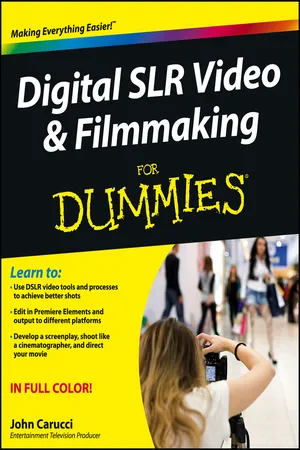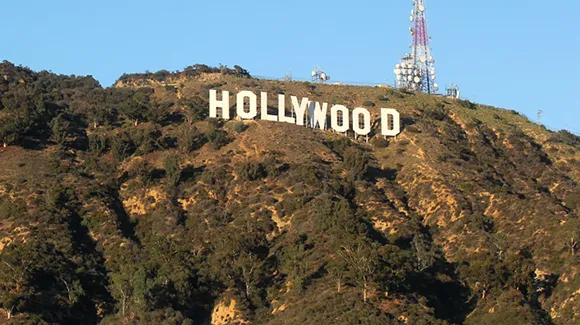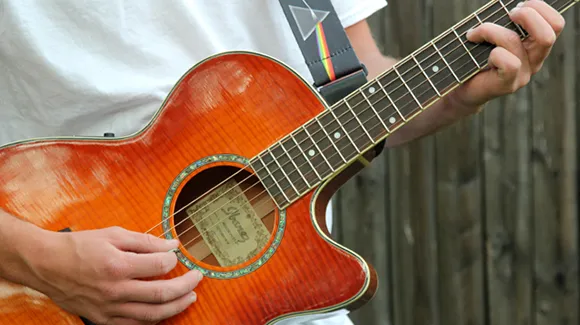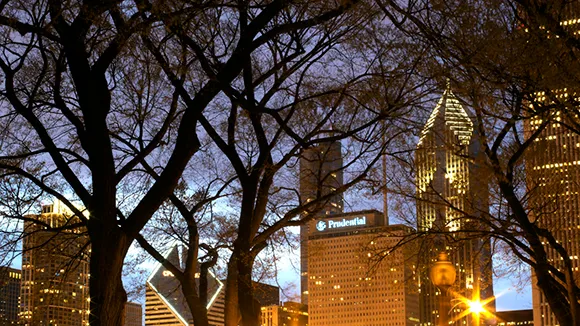1
Going from Still to Video in a Single Camera
In This Chapter
Understanding the equipment landscape
Navigating the pros and cons
Defining the type of user
What to do after you shoot the movie
Once upon a time, still cameras and video camcorders lived separate lives and told different tales. But then out of the shadows emerged the DSLR, and before long, it changed the game by capturing movies and still photography with the same camera.
Prior to that, the 35mm single-lens reflex, or SLR, was the primary tool used to create masterful photography. Professional photographers populated the pages of magazines and newspapers, whereas amateurs documented the family vacation and captured embarrassing pictures of Junior. For personal use, the same 8mm movie camera used to silently document childhoods of a bygone era was the choice of budding filmmakers. That was succeeded by amateur video equipment, which captured sound and visuals with enough detail to preserve memories but not enough quality to do much else.
By today’s standards, the image quality was not much better than that of iPhone video quality, so you could forget about doing anything professionally unless you mortgaged your house to buy state-of-the-art equipment. Ironically, the same equipment that had a few more zeroes in the price tag back then is inferior to what you can buy at your favorite electronics store for a fraction of the cost.
The revolution sparked by the DSLR is hardly new. Dual-use cameras have been around for years, with older DV camcorders offering still photo capability and digital point-and-shoot cameras having a simplistic movie mode. But that doesn’t mean it was a good thing. Taking a still image with a video camera is like walking down the up escalator. Yeah, you’ll get to where you need to be, but it’s cumbersome, inefficient, and there’s no good reason to do it that way. When you consider the relatively poor image quality and lack of photography-based controls of these early dual-use cameras, you’ll see why they were the most unnecessary feature since tonsils and an appendix.
The idea of a still camera being able to capture video seems odd, yet the DSLR is an effective moviemaking tool. In this chapter, I take a look at why movie capability works so well with a DSLR.
Making Movies with Your DSLR
Adding video capability to a camera designed primarily for capturing high-resolution still photography seems like a no-brainer. A high-res still camera already offers the ability to capture a high-quality image thanks to excellent optics and its ability to perform well under low-light conditions. So capturing images in succession, albeit very fast succession, was not an impossible dream. And now that it’s here, the HD-capable DSLR sets you on the path to professional quality with an initial investment of a camera body starting as low as $500. With the addition of a few accessories, you can start making movies right away.
Here are a few advantages to using a DSLR over a camcorder:
Larger sensor: A camcorder uses a very small sensor — often as small as 1/8” — whereas a DSLR has a much bigger one. How much bigger? Some match the size of a full 35mm frame, meaning that they are 24
×36mm, or about 1 inch
×1.4 inches. By comparison, a 35mm motion picture frame measures 18
×24mm, as seen in
Figure 1-1. While the full-frame sensor is reserved for the more expensive DSLR models, even the entry-level cameras use a sensor larger than a camcorder’s. For example, the Canon Rebel T4i uses an APS-C sensor (22
×15mm) that captures more information than a prosumer model costing ten times more. Of course, higher cost doesn’t always translate to being better.
Better low-light capability: The larger CMOS (complementary metal-oxide-semiconductor) sensor found on a DSLR performs significantly better than the CCD (charged-coupled device) sensor used on many camcorders. This translates to more detail, especially in the shadow and highlight areas, as seen in
Figure 1-2.
Superior optical choices: The interchangeable lens system used for still photography provides the freedom to use the right lens for the scene as opposed to being stuck with the one that came with the camera.
Figure 1-1: A comparison of full frame, APS-C, and 35mm film frame sizes.
Figure 1-2: This twilight scene shows the detail you get with a bigger sensor.
But it’s also important to remember camcorders have some strong features not found on a DSLR. For one, they cover a wide focal range and have power zoom. But these conveniences don’t necessarily le...

















